Overview
The Golden Triangle is a popular tourist route in India that includes the cities of Delhi, Agra, and Jaipur. These three cities are home to some of India’s most iconic landmarks, including the Taj Mahal, the Agra Fort, and the Amber Fort. A Golden Triangle trip is a great way to experience the best of what India has to offer, from its rich history and culture to its vibrant food and shopping.
A Golden Triangle Tour is the most desired destination package because it covers north Indian history and culture & a chance to feel its customs. It has the legacy of Delhi, the Charm of Agra & preserved Rajputana majesty of Jaipur.
| PICK-UP LOCATION | Delhi, India | ||||||||
| DESTINATIONS COVERED |
Delhi, Agra & Jaipur |
||||||||
| WEAR | Comfortable athletic clothing, hiking boots, hat, jacket and sunscreen. | ||||||||
| INCLUDED |
|
||||||||
| NOT INCLUDED |
|
||||||||
| Important Note |
|
Day 1
Pick-Up from Desired Location in Delhi, Check-In Hotel, Sightseeing in Delhi & Over Night in Delhi
Delhi
Your Golden Triangle tour will begin from the national capital of India, Delhi. When you land at Delhi Airport or you are in Delhi or nearby Delhi, Our representative will welcome you to your desired location and your sightseeing will begin.
Visiting Red Fort
The Red Fort is one of the most iconic landmarks and a UNESCO World Heritage Site in Delhi. The Mughal ruler Shah Jahan constructed this fort in the 17th century. It was the main residence of the Mughal emperors from 1638 to 1857. This is a massive complex of buildings, including palaces, mosques, and gardens. The fort is a vast complex of buildings including palaces, mosques and gardens. It is an incredible example of Mughal architecture and an interesting site for exploring Indian history.
One can wander through the ruined premises of the Red Fort, admire the architecture and learn about the history of the site. They can also visit Diwan-i-Aam, Diwan-i-Khas and Pearl Mosque. The Red Fort is a must visit sight for anyone interested in Indian history and culture.
Jama Masjid and local market excursion at Chandni Chowk
Chowk”]Jama Masjid is situated in the heart of Old Delhi, it’s the largest mosque in India. It is a popular tourist destination and is renowned for its gorgeous architecture and refined design. Near Jama Masjid, there is a thriving market called Chandni Chowk, which is a fantastic spot to buy spices, local goods, and souvenirs. A variety of restaurants providing traditional Indian food are also located inside the market.
Here are some additional facts about Jama Masjid and Chandni Chowk:
- Jama Masjid was built by Mughal emperor Shah Jahan in the 17th century.
- It is made of red sandstone and white marble and can accommodate up to 25,000 people.
- Chandni Chowk was once known as “Moonlight Square” and was a popular spot for Mughal emperors to relax and enjoy the moonlight.li>
Lunchtime
You’ll enjoy dining at renowned restaurants in Delhi, where you’ll be treated to some of the city’s most well-known and delicious fare, including Paranthas, Butter Chicken, Kebabs, Chole Bhature, Biryani, Rolls, Samosa, and Golgappa, among others.
Visiting Parliament House, India Gate, Rashtrapati Bhawan and Raj Ghat
You would visit these four famous New Delhi landmarks following lunch, which are a must-see for any tourist to India. Raj Ghat is the location of Mahatma Gandhi’s ultimate resting place, Parliament House is the symbol of Indian democracy, India Gate is a memorial to the soldiers lost in World War I, and Rashtrapati Bhawan is the president of India’s official house.
At such closeness to one another, it is simple to visit all four of these landmarks in just one afternoon. While India Gate is a popular spot for tourists to snap pictures and pay their respects to the soldiers who perished in world war I, Parliament House is available for public visits. People visit Raj Ghat, a peaceful location, to consider Mahatma Gandhi’s life and legacy.
Note: Parliament House and Rashtrapati Bhawan are seen from outside.
Humayun Tomb’s
After visiting the Qutub Minar complex, we will take you to the large Mughal Complex called Humayun’s garden-tomb. One of the most popular tourist destinations in India is Humayun’s Tomb, a UNESCO World Heritage Site. The first garden-tomb on the Indian subcontinent was built by Bega Begum, Humayun’s first wife. This mausoleum tomb is the finest example of Mughal architecture and is surrounded by gorgeous gardens and fountains.
Exploring Qutub complex
The Qutub Complex is a UNESCO World Heritage Site and well known monument in Delhi. It is a large complex constructed up of mosques, tombs, and other buildings that was constructed over a period of time. The Qutub Minar, a tall tower that is among the tallest in the world, is the most famous building in the complex. Other notable structures in the complex include the Quwwat-ul-Islam Mosque, the Alai Darwaza, and the Iron Pillar, Alauddin Khilji’s Alai Minar, Alai Darwaza, Iltutmish’s Tomb, Madarsa attached to Alauddin Khilji’s Tomb and Sanderson’s sundial and many more.
The Qutub Complex is a fascinating site to see and provides insight into Delhi’s and the Mughal Empire’s past. Visitors can walk the complex, admiring the architecture and learning about the site’s history. This complex is also a well known spot for birdwatching, there are many species of birds that can be seen.
Lotus Temple
Your next destination will be the Lotus Temple. The Lotus Temple is a Baha’i House of Worship in New Delhi, India. It is open to people of all faiths and is known for its lotus-like shape. The temple is made of white marble and has 27 petals that form nine sides. One of the most visited temples in India, it’s a popular place because of its unique architectural design.
Here are some additional facts about the Lotus Temple:
- It was designed by Iranian architect Fariborz Sahba.
- It took 10 years to build.
- It is made of 270,000 pieces of white marble.
- It can accommodate up to 2,500 people.
- It is open from 9:30 am to 5:30 pm, Tuesday to Sunday.
Akshardham Complex
After visiting the Lotus Temple, The Akshardham Complex is a Hindu temple and spiritual-cultural campus in Delhi, India. Known for its ornate architecture, lovely gardens, and instructive exhibits, it is a very popular tourist destination. The complex is dedicated to Bhagwan Swaminarayan, a Hindu saint, and his teachings of peace, non-violence, and harmony.
Here are some additional facts about the Akshardham Complex:
- It was built by the Bochasanwasi Shri Akshar Purushottam Swaminarayan Sanstha (BAPS) over a period of 10 years.
- It is made of marble and sandstone and is decorated with over 20,000 statues.
- It has a number of educational exhibits on Hindu culture and history.
- It is open to people of all faiths and is a popular spot for weddings and other events
Day 2
Departure to Agra, Sightseeing & Over Night in Agra
Move to Agra from Delhi
You will be driven to Agra via the Yamuna Motorway after a delicious breakfast at the hotel. The journey will take you there in approximately 150 minutes. After arriving in Agra, you would check-in at your hotel where you can rest after a long journey and have lunch in your hotel or restaurant. It would be your choice. Your tour will start in the evening.
Baby Taj (Itimad-ud-Daulah)
Your tour will start after lunch with the Baby Taj Mahal, also known as the Tomb of Itimad-ud-Daulah. This is the tomb of Mirza Ghiyas Baig, the father of Nur Jahan. Because of its stunning architecture, it is frequently referred to as the Taj Mahal in draught form.
Mehtab Bagh
Mehtab Bagh, nestled on the banks of the Yamuna River, presents a captivating sunset point from which to behold the resplendent Taj Mahal. As the sun begins its descent, the ethereal beauty of the Taj Mahal is accentuated, casting a golden glow upon its pristine marble façade. The tranquil ambience of Mehtab Bagh, coupled with the awe-inspiring view, creates a moment of sheer enchantment, allowing visitors to witness the iconic monument in all its splendor as the day draws to a close.
Day 3
Sightseeing in Agra & Fatehpur Sikri, Departure to Jaipur & Over Night in Jaipur
Taj Mahal
Your tour will start early in the morning ( Time could be different in winter and summer). Witness the breathtaking sunrise at the Taj Mahal, marveling at its pristine white marble and intricate craftsmanship. Because sunrise is the most suitable time to see the Taj Mahal, less people and an amazing light effect on Taj Mahal. It was built in 1631 by the fifth Mughal emperor Shah Jahan (1628–1658), dedicated to the memory of his favorite wife, Mumtaz Mahal. It also houses the tomb of Shah Jahan himself.
After visiting Taj Mahal, back to your hotel and take some rest. And have some breakfast after that check-out from your hotel.
Agra Fort
You would be taken to tour Agra Fort after seeing the Taj Mahal. It’s another UNESCO World Heritage Site of Agra. Up until 1638, it served as the Mughal rulers’ primary palace. It has a large number of elegantly constructed rooms, gardens, and halls.
Fatehpur Sikri
After an excellent breakfast, your tour will start from Fatehpur Sikri which is about 40 km from Agra where you will visit Buland Darwaza, Sheikh Chishti’s Dargah, Shahi Masjid, Diwan-e-Khas, Jodha Bai’s Palace, Mariam’s Palace, Birbal’s Palace , Turkish Sultan’s House and Panch Mahal, Khwabgah (Dream House), Anoop Talao, Abdar Khana, Pachisi Court, Aankh Micholi etc. Move to Jaipur for Overnight Stay Via Fatehpur Sikri Sightseeing.
Day 4
Sightseeing in Jaipur & Over Night in Jaipur
After a hearty breakfast early in the morning, your tour of Jaipur would start.
Moving to Amer Fort
It is about 11 kilometers from Jaipur city. Amer Fort has a very attractive exterior. It is situated on the summit of the hill and attracts lots of tourists every year. Later, in the 16th century, Man Singh, Shah Akbar’s lone general, constructed this fort. The fort’s architecture is a lovely fusion of Hindu and Mughal styles.
Jal Mahal
You’ll go to Jal Mahal later. It is located in Jaipur in the center of Man Sagar Lake. It is a great piece of art with its captivating beauty that gives the impression that it is floating over the lake.
Jantar Mantar
You will be taken to Jantar Mantar, an 18th-century astronomical observatory with unique astronomical and architectural equipment, after visiting Jal Mahal. Sawai Jai Singh II built it in 1734. You can learn how ancient Indian astronomers operated at this location. It is a popular tourist destination.
Lunchtime
After visiting these places it was time for lunch. You could eat some very tasty cuisine at famous local restaurants in Jaipur. If you are a non-vegetarian, you should try Lal Maas dish here and if you are a vegetarian, you could enjoy Dal Bati Churma, Onion Kachori and Ghevar sweets.
Nahargarh Fort and Jaipur Wax Museum
After a wonderful lunch, you’ll be taken to the Nahargarh Fort, which overlooks Jaipur and sits on the edge of the Aravalli Mountains. Next, you would visit the Jaipur Wax Museum, which is located to the left of the fort’s entrance. Operated by Collaborating with the Department of Archaeology and Museums Jaipur, in Nahargarh Fort.
Visiting Albert Hall
The Albert Hall Museum is very popular with tourists. Sir Samuel Swinton Jacob created and designed it and assisted by Mir Tujumul Hussain, and it is situated in the Ram Niwas Garden. You may learn a lot about Indian history and view some of the best examples of Indo-Saracenic architecture in this museum.
Exploring charm in local markets
Shopping in the local markets of Jaipur is a vibrant and enriching experience. From exquisite jewellery at Johari Bazaar to traditional textiles at Bapu Bazaar, each market offers unique treasures. Discover handicrafts, artefacts, and home décor at Tripolia Bazar, while Nehru Bazaar is known for textiles and leather goods. Chandpole Bazar entices with Rajasthani attire and turbans. Bargain, explore, and immerse yourself in Jaipur’s rich cultural heritage as you shop for souvenirs and immerse yourself in the city’s colorful atmosphere.
After finishing your marketing, you can choose any nice authentic restaurant for dinner, after that you will be taken back to your hotel in Jaipur for rest.
Day 5
Sightseeing in Jaipur, Departure at Desired Location in Delhi
Early in the morning, once you have finished your breakfast and check-out from the hotel, you resume the local sightseeing of Jaipur.
Hawa Mahal
You’ll start by seeing the well-known Hawa Mahal, also known as the Palace of Wind. It is constructed of red and pink stone. Maharaja Sawai Pratap Singh constructed it in 1799. The palace was constructed so that the women of the royal family could view outside of the palace without unnoticed to anyone.
City Palace
You will come across the majestic and evergreen City Palace after the Hawa Mahal. It has tunes by Chandra Mahal and Mubarak Mahal. During the period between 1729–1732, Sawai Jai Singh II built this palace.
Lunchtime
Lunch would follow after that. You will eat lunch at a reputed restaurant of the city, where you could be choosing and taste some of the most popular delicacies of Rajasthan.
Patrika Gate
After lunch your next destination would be Patrika Gate. This is a stunning architectural marvel that captures the essence of Rajasthan’s rich heritage and culture. This intricately designed entranceway is adorned with vibrant hand-painted murals depicting the state’s folklore, traditions, and historical landmarks. The gate’s exquisite craftsmanship and attention to detail make it a favourite spot for photography enthusiasts and visitors seeking a glimpse into the captivating world of Rajasthan. Patrika Gate is a true testament to the artistic legacy and vibrant spirit of Jaipur.
Move back to Delhi
We hope you take some pleasant memories of this wonderful exploration of the Golden Triangle (Delhi, Agra, and Jaipur) with you when you return to Delhi later.
The adventure is over, but the lovely memories last a lifetime. I hope the foregoing was obvious and fair. Any recommendations and clarifications related to the mentioned package you want are appreciated and encouraged.
Note
You can modify this itinerary to suit your interests and time limits; it is only intended as a guide. You can also choose to add other activities to your trip or a visit to the Fatehpur Sikri, a UNESCO World Heritage Site or Chand Baori(Abhaneri Stepwell) and something else.

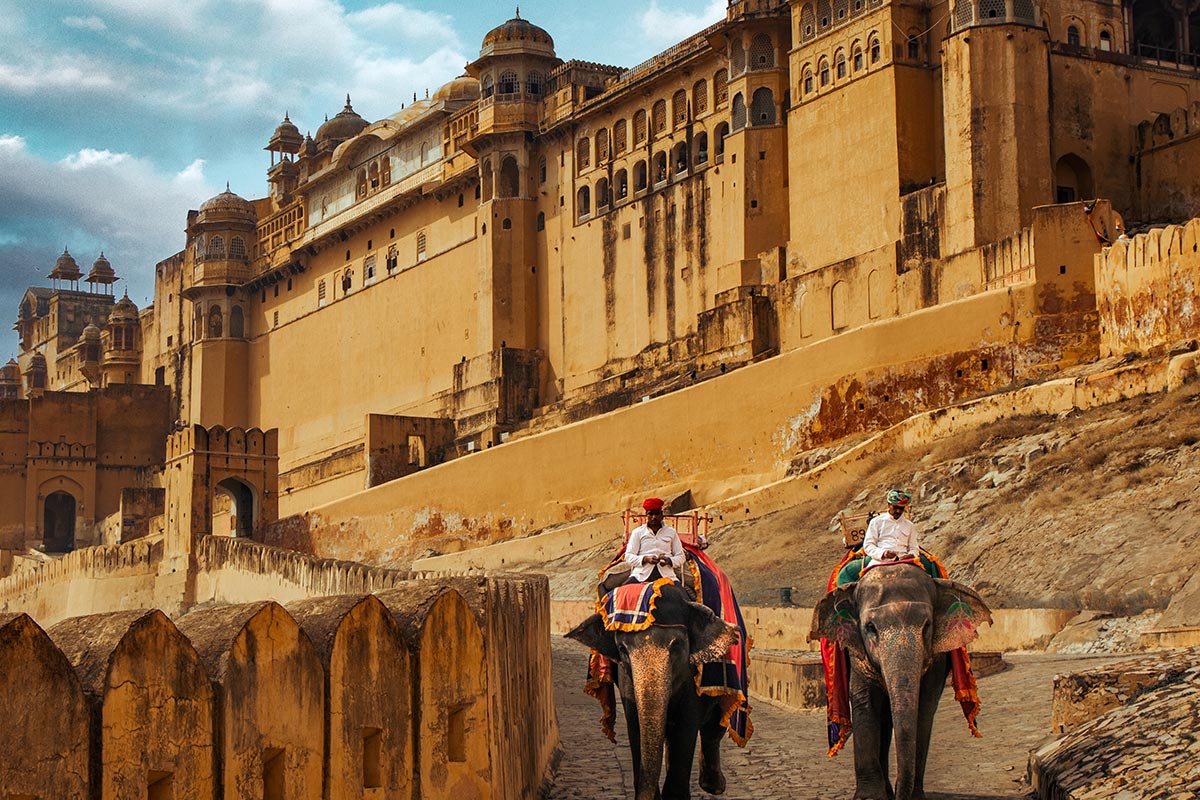
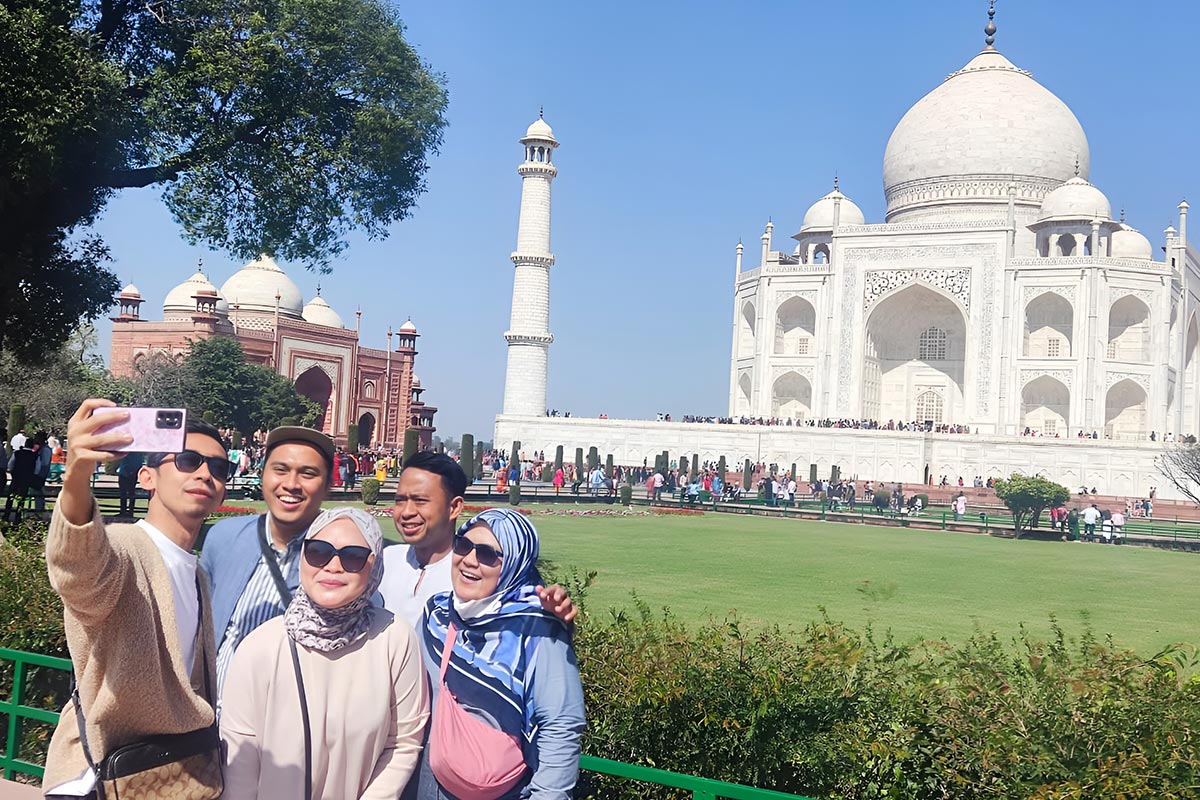
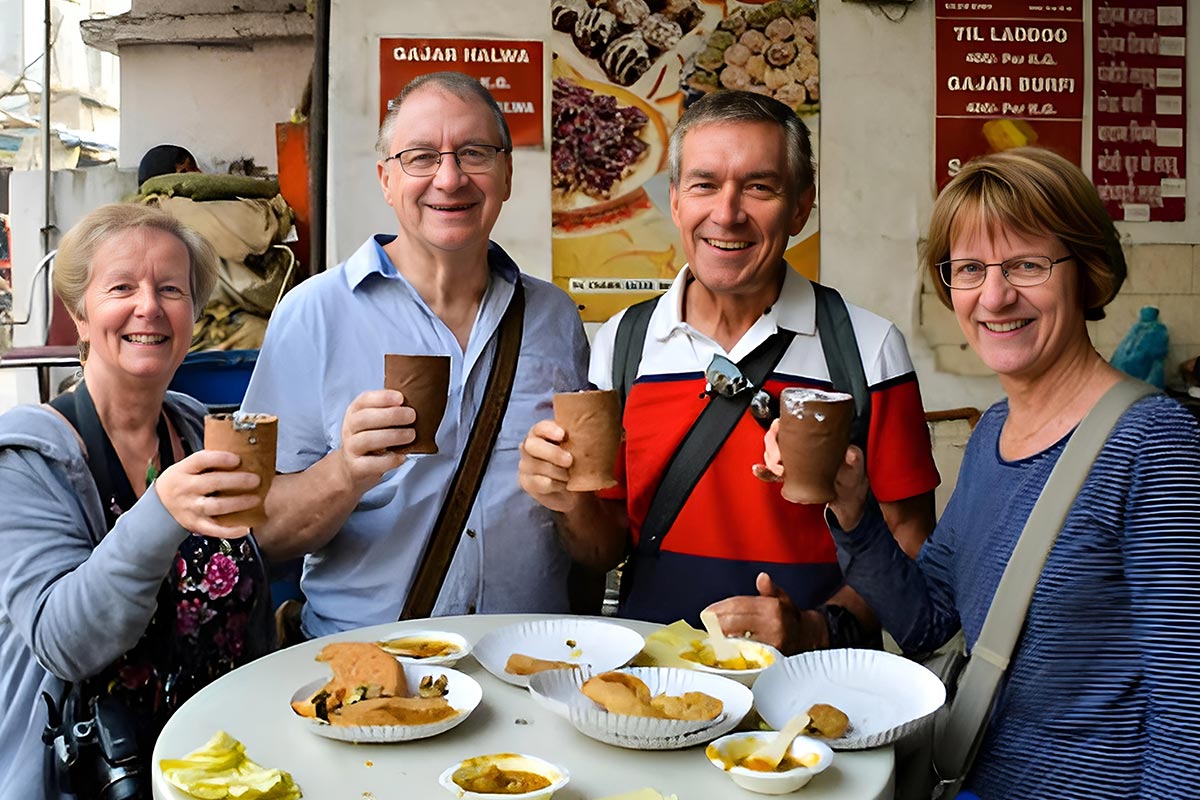
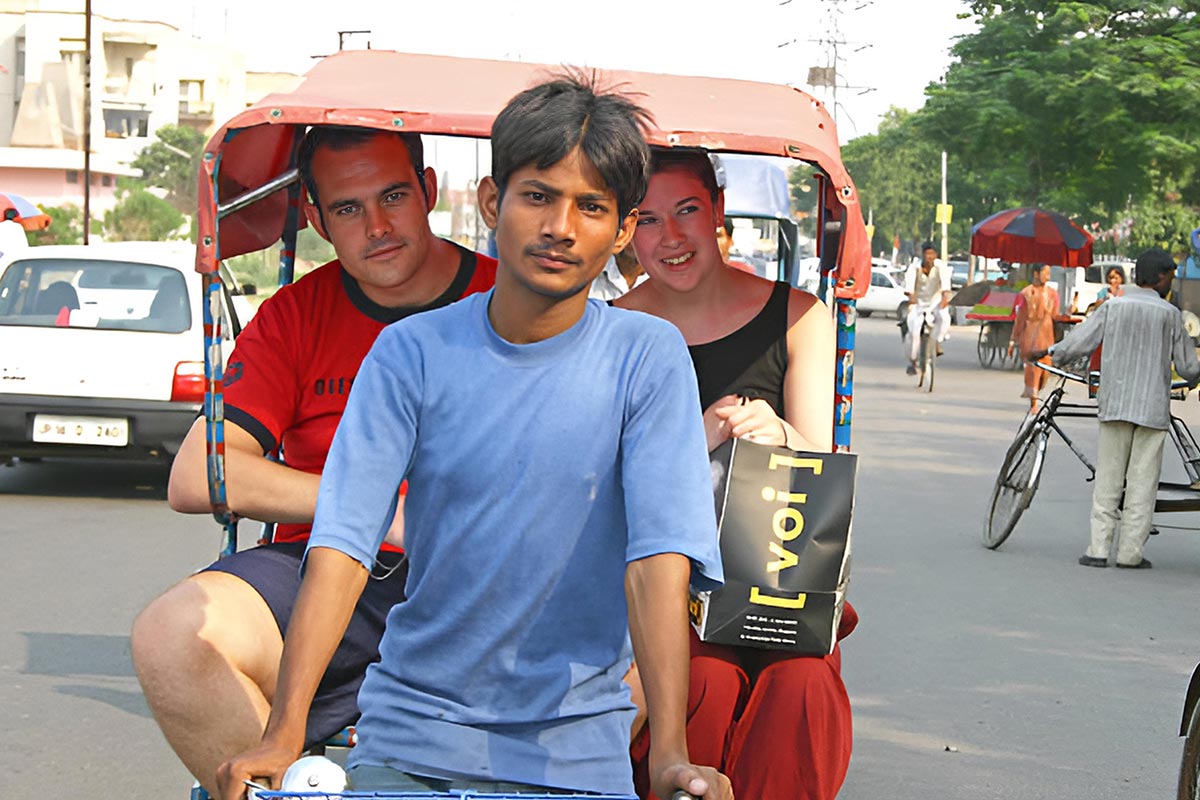
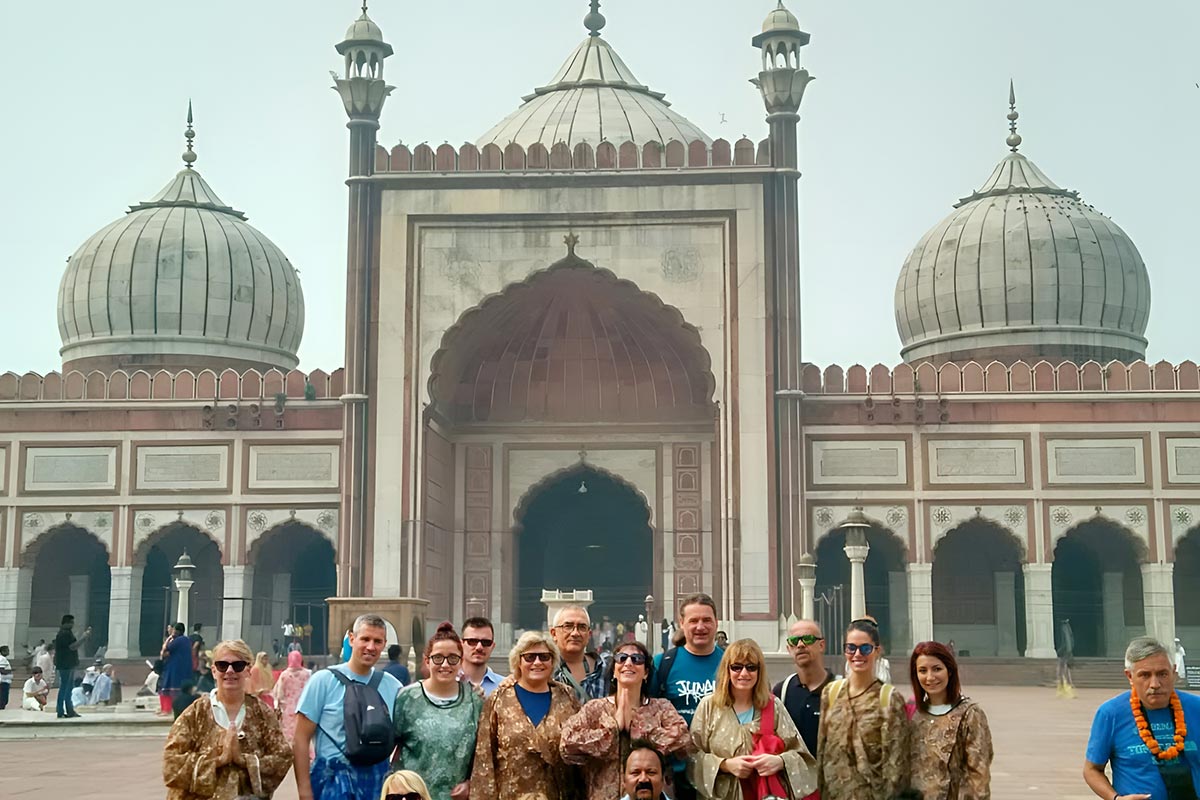
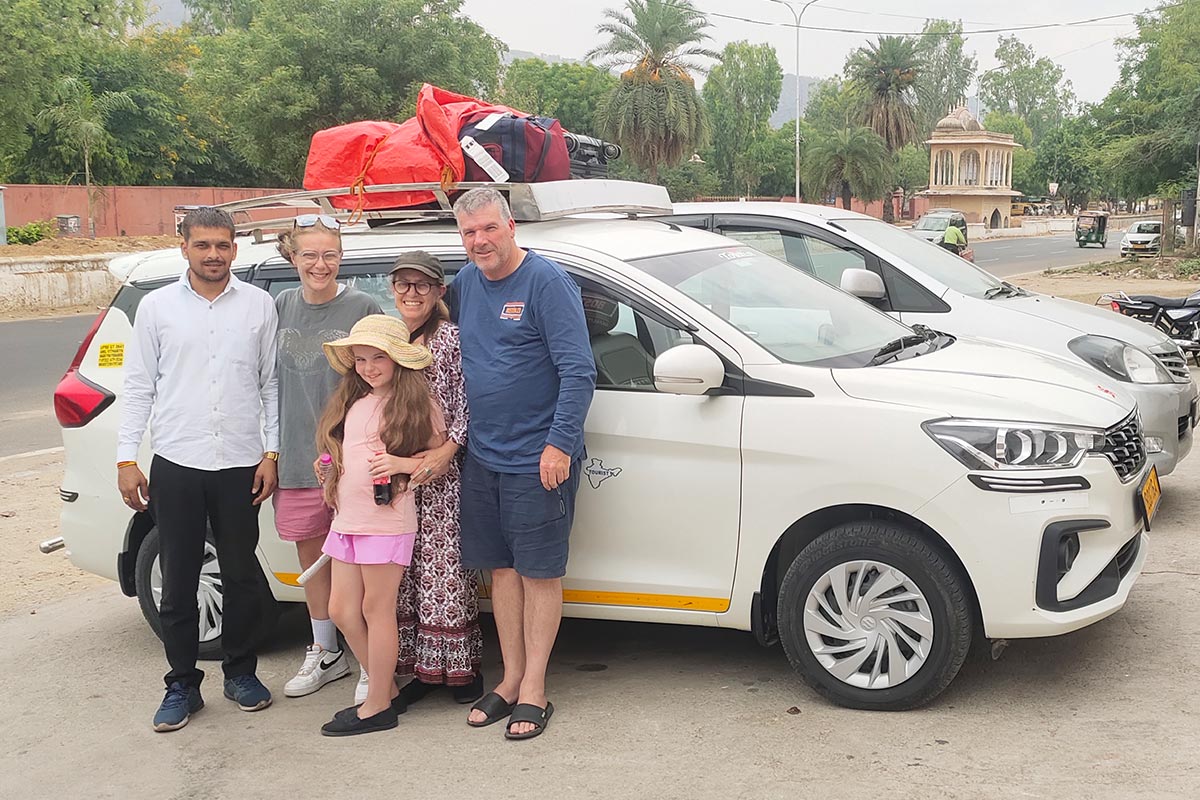
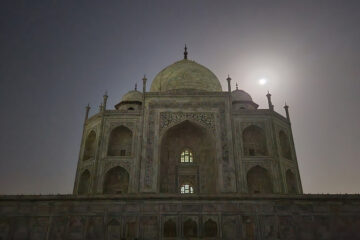
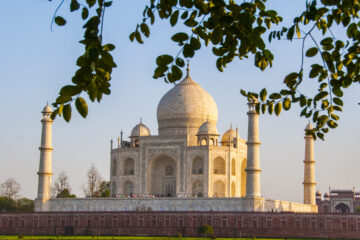

Tour Reviews
There are no reviews yet.
Leave a Review